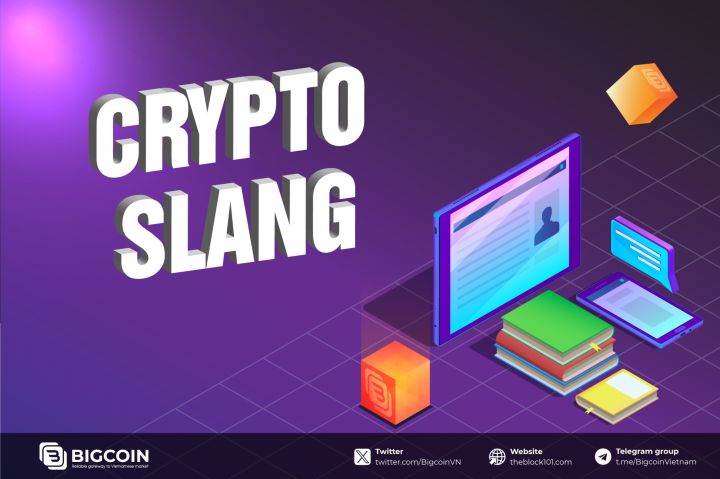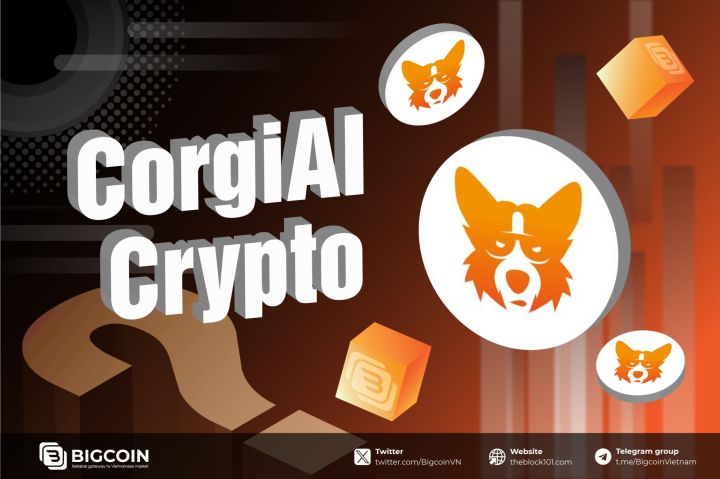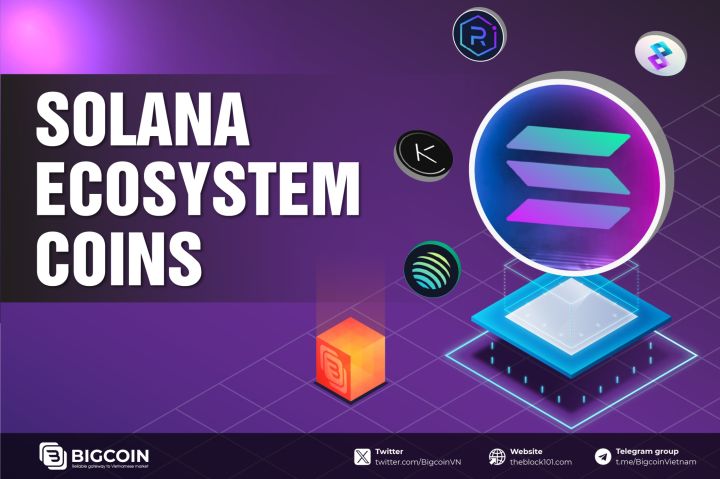1. The Evolution: From Web1 to Web2 to Web3
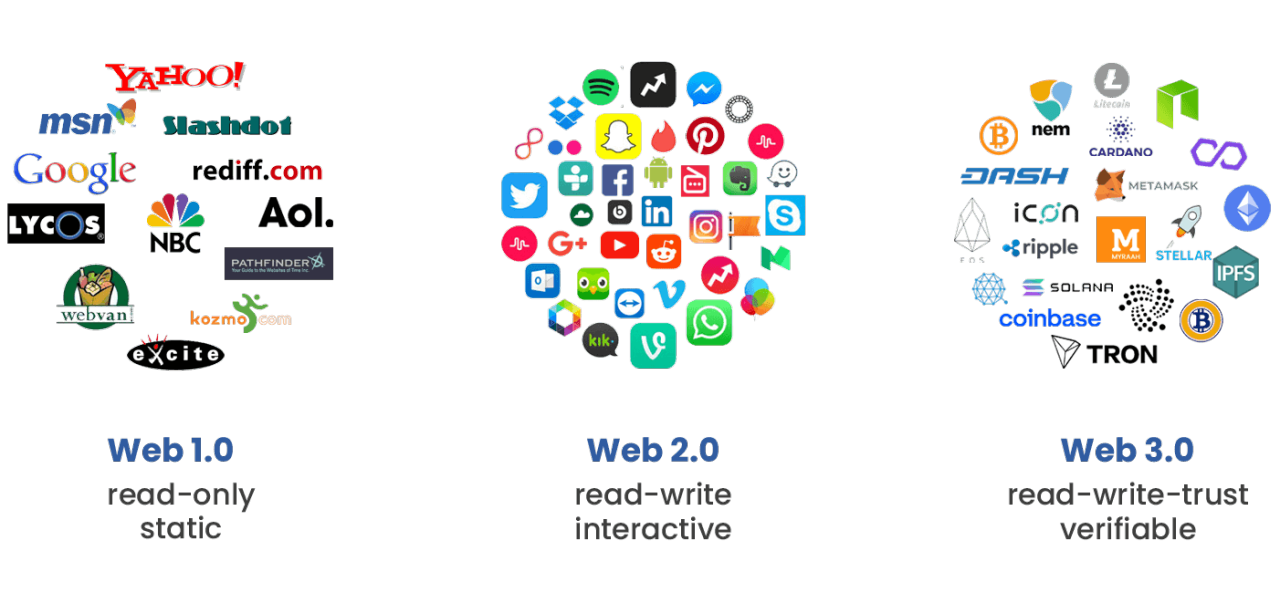
The internet’s journey offers critical context for understanding Web2 and Web3. In the 1990s, Web1 emerged as a collection of static HTML pages—think early Geocities sites or university archives. It was a read-only experience, where users consumed content like articles or directories but couldn’t interact beyond clicking links. Bandwidth was limited, graphics were basic, and participation was minimal, reserved for the few with technical know-how to publish pages. This era laid the groundwork but lacked the dynamism we now expect.
Around 1999, Web2 burst onto the scene, fueled by advances in coding languages like JavaScript and the rise of broadband. This read-and-write phase introduced dynamic websites that adapted to user input, paving the way for social media platforms like MySpace (and later Facebook), video-sharing hubs like YouTube, and e-commerce giants like Amazon. Suddenly, anyone could blog on WordPress, tweet their thoughts, or sell goods online. Web2 turned the internet into a participatory space, but it also birthed a tradeoff: centralized corporations gained immense power, hoarding user data and dictating terms. By 2010, a handful of tech titans—Google, Meta, Amazon—dominated, turning user engagement into profit through targeted ads and data sales.
Web3, coined in 2014 by Ethereum co-founder Gavin Wood, proposes a third act: read, write, and own. Emerging from the blockchain revolution sparked by Bitcoin in 2009 and Ethereum in 2015, Web3 leverages decentralized networks to rethink the internet’s structure. It’s not just about interaction but ownership—users control their data, assets, and digital identities via cryptographic tools like wallets and smart contracts. Imagine a web where your social profile isn’t Meta’s property, or your in-game sword isn’t locked to a single server. This evolution from Web1’s simplicity to Web2’s interactivity to Web3’s empowerment frames the debate, highlighting a tug-of-war between convenience and autonomy.
2. What is Web2?
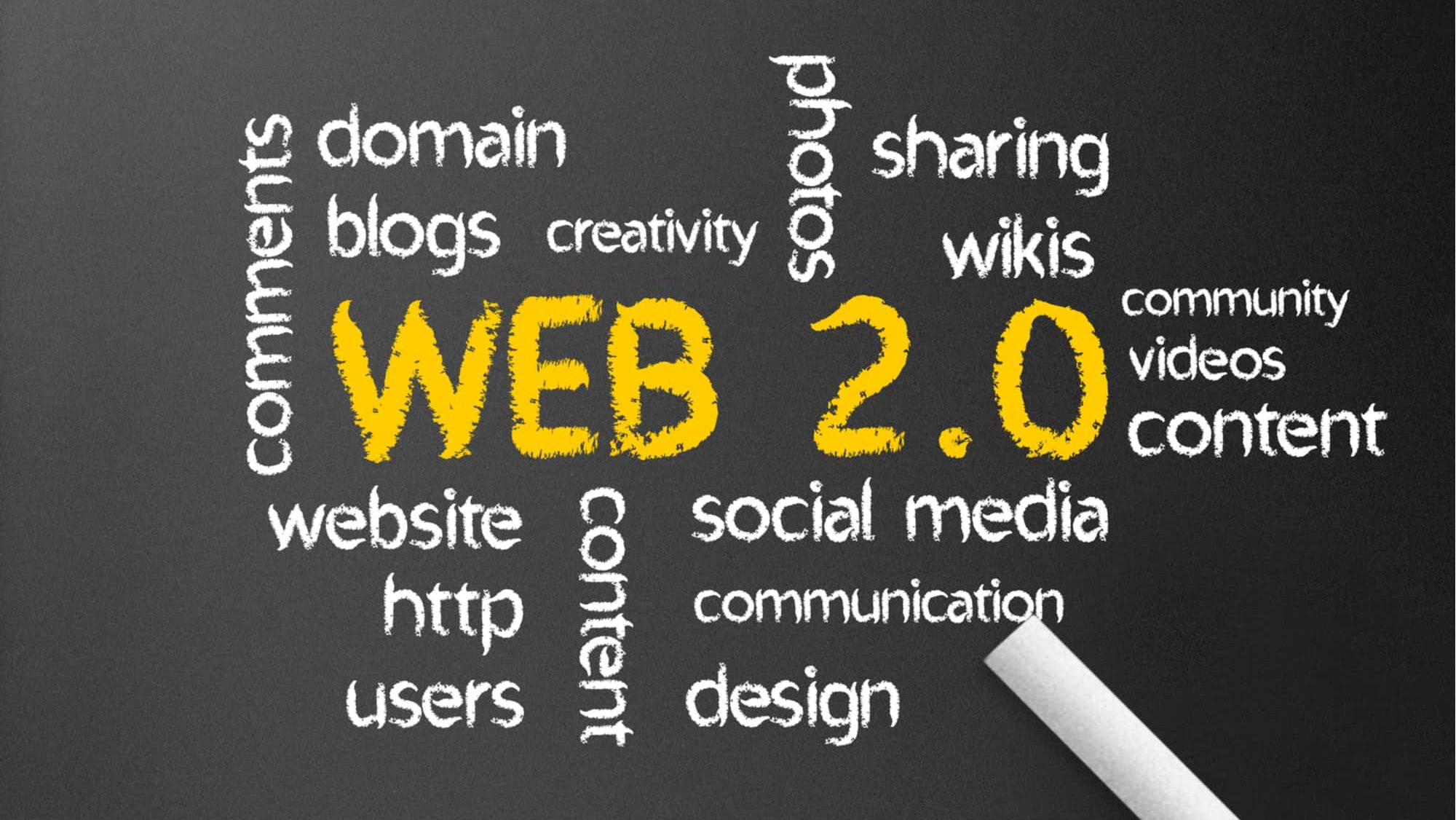
Web2 is the internet’s current chapter, a polished, user-friendly realm defined by interactivity and centralized control. Born in the late 1990s as dial-up gave way to broadband, it capitalized on technologies like AJAX and CSS to create responsive, engaging websites. By the mid-2000s, it had matured into a digital landscape where users weren’t just consumers but creators. Platforms like Facebook let you post status updates, Instagram turned photos into social currency, and YouTube made everyone a potential broadcaster. Meanwhile, services like Netflix shifted entertainment online, tailoring recommendations based on your watch history, while Amazon’s marketplace let small sellers reach global audiences.
This interactivity came with unprecedented usability. Features like real-time commenting, infinite scrolling, and cloud storage made Web2 intuitive, driving mass adoption—by 2025, billions use these platforms daily. But beneath the sleek interfaces lies a catch: centralization. Companies own the servers hosting your data, from your tweets to your shopping cart. Take Instagram—your photos fuel its algorithm, but Meta controls them, deciding what’s visible or monetizable. Privacy scandals, like the 2018 Cambridge Analytica breach, exposed how user data is harvested and sold, often without consent. Censorship is another issue; platforms can ban accounts or content at will, as seen with Twitter’s pre-2022 moderation policies. Web2’s brilliance lies in its accessibility, but its reliance on corporate gatekeepers has sparked calls for a freer alternative.
3. What is Web3?
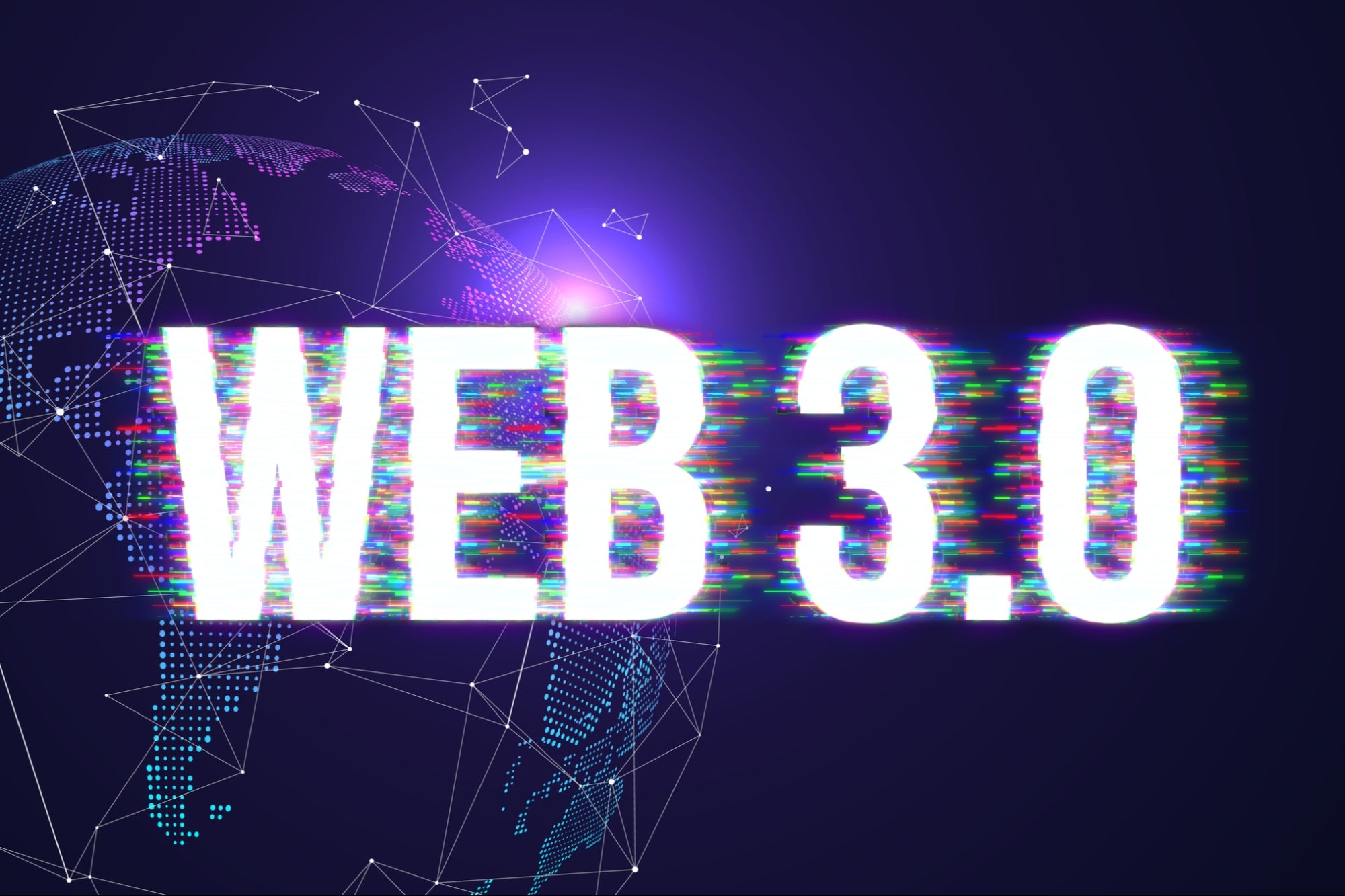
Web3 is a bold reimagining of the internet, aiming to dismantle Web2’s centralized power structures with blockchain technology and decentralization. Conceived in 2014 and propelled by Ethereum’s smart contract capabilities, it envisions a web where users, not corporations, hold the reins. At its heart is blockchain—a distributed ledger where data isn’t stored on a single server but across a network of computers (nodes), making it tamper-proof and transparent. Ethereum, Solana, and BNB Chain are among the platforms driving this shift, hosting applications that run on peer-to-peer networks rather than corporate clouds.
In Web3, smart contracts automate interactions without intermediaries. Picture buying a digital artwork: a smart contract verifies your payment in cryptocurrency, transfers the NFT to your wallet, and logs it on the blockchain—all without a bank or gallery. This trustless system means you don’t need to rely on a company’s goodwill; the code enforces the rules. Web3 also introduces token-based economics, where cryptocurrencies like ETH or BNB and NFTs represent value or ownership, from virtual land to voting rights in a DAO. By 2025, Web3’s ecosystem includes DeFi platforms like Compound, metaverse hubs like Decentraland, and games like Axie Infinity, all showcasing a user-centric internet. Yet, this freedom comes with complexity—users must manage wallets, understand gas fees, and navigate a still-maturing tech stack.
4. Key differences between Web2 and Web3
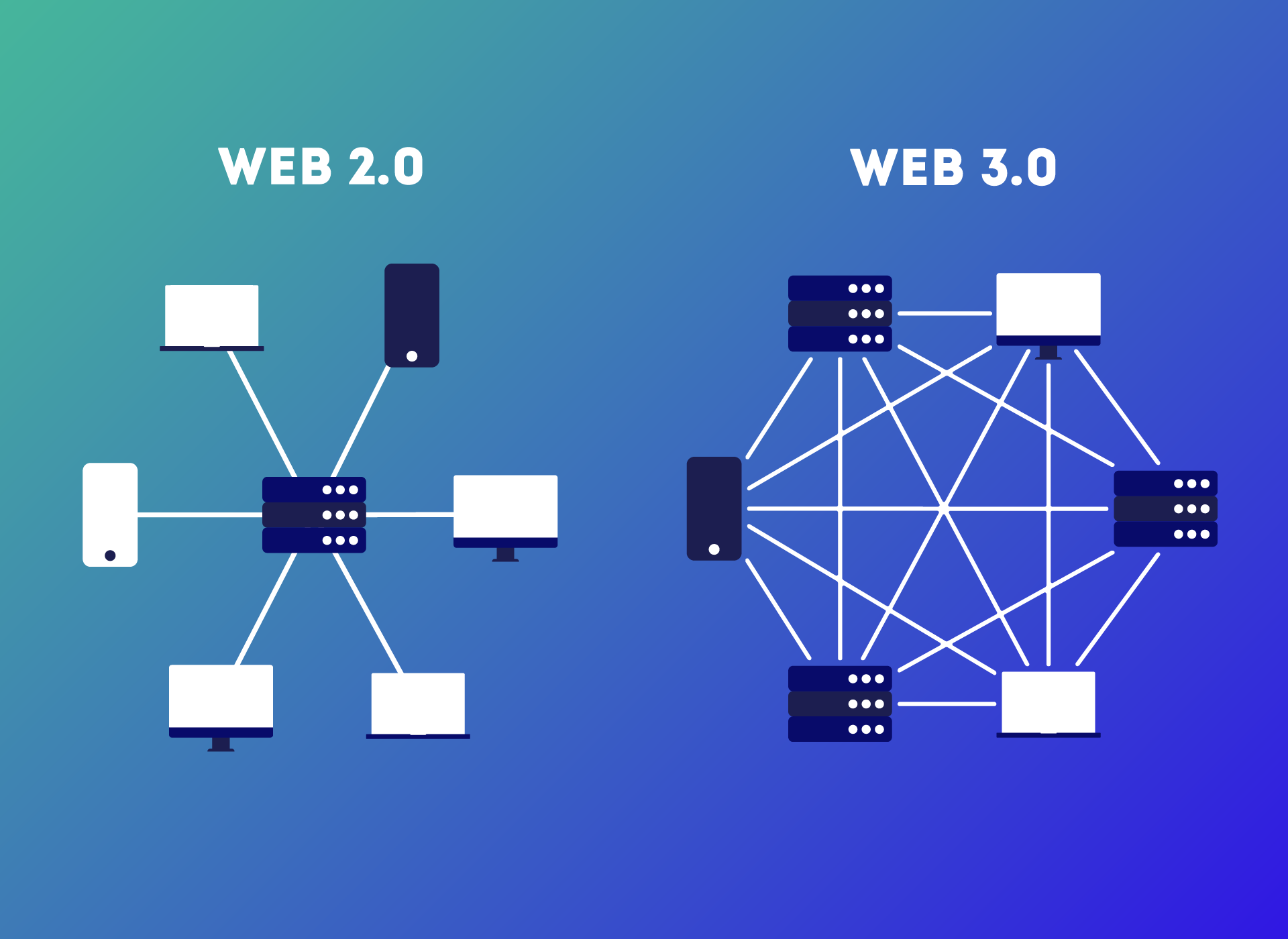
The divide between Web2 and Web3 is stark, rooted in their architectures and philosophies. Governance is a primary fault line. Web2 is ruled by centralized giants—Meta governs Instagram, Google runs YouTube—controlling servers, policies, and profits. Web3 distributes governance across its network, using consensus mechanisms like proof-of-stake on Ethereum or BNB Chain’s Proof of Staked Authority. No single entity can unilaterally alter the system, reducing censorship risks. For instance, a Web2 platform might suspend a user for controversial posts, while a Web3 social network like Lens Protocol lets content persist as long as the blockchain runs.
Data ownership further separates them. In Web2, your data—posts, likes, search history—is the platform’s property, stored on its servers and leveraged for ads. A 2023 study found 87% of Web2 users felt powerless over their privacy. Web3 flips this, giving you control via decentralized storage (e.g., IPFS) and crypto wallets. Your data becomes yours to share or withhold, secured by encryption rather than corporate promises. Transactions also differ: Web2 relies on third parties—Visa for payments, AWS for hosting—adding fees and delays. Web3 enables direct, peer-to-peer exchanges, like sending ETH wallet-to-wallet, though gas fees can still apply.
Speed and accessibility tilt toward Web2, with its optimized infrastructure delivering instant page loads and seamless streaming. Web3, still evolving, lags due to blockchain’s computational demands—transactions on Ethereum can take seconds or minutes, depending on congestion. Trust is another contrast: Web2 requires faith in companies or banks, while Web3’s trustless design relies on verifiable code. Currency reflects this shift too—Web2 uses fiat like dollars, processed through PayPal, while Web3 embraces crypto, traded directly. These differences paint Web2 as efficient but restrictive, Web3 as liberating but nascent.
5. Real-World Applications of Web3
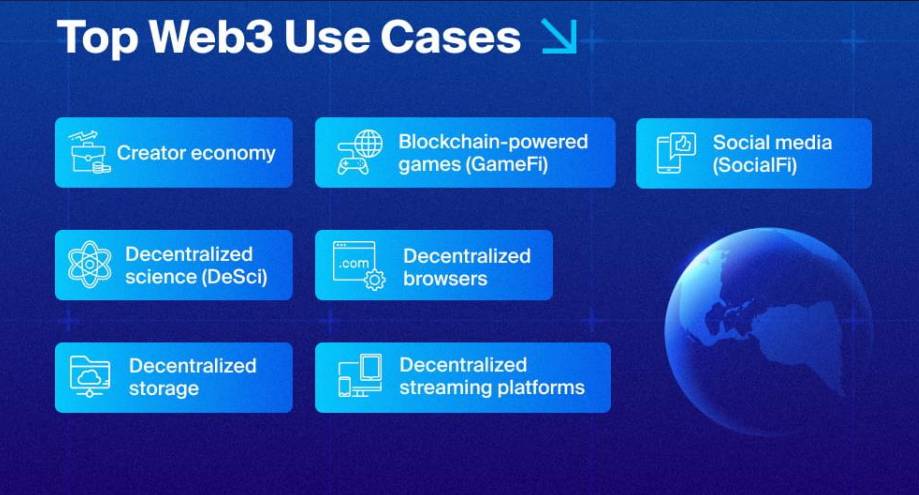
Web3’s impact is already tangible across industries, showcasing its potential beyond theory. In supply chain management, blockchain brings transparency to complex systems. Walmart, for example, uses IBM’s Food Trust platform to track produce from farm to shelf, logging each step on a blockchain. By 2025, this has cut traceback times from days to seconds, curbing fraud and ensuring safety—imagine verifying your coffee’s organic label instantly. Decentralized finance (DeFi) is another powerhouse, with platforms like Uniswap enabling trading without brokers. Users lock crypto into smart contracts, earning yields or swapping tokens, bypassing banks entirely—a $100 billion market by early 2025.
The metaverse thrives on Web3, with Decentraland letting users buy virtual land as NFTs, build shops, or host events. In 2024, a virtual concert there drew 50,000 attendees, each owning their avatars and tickets as digital assets. Decentralized Autonomous Organizations (DAOs) redefine collaboration—take Friends With Benefits, a DAO where members pool funds via crypto and vote on creative projects, sidestepping traditional boards. NFTs extend this, tokenizing art (Beeple’s $69 million sale in 2021) or music royalties, while Web3 gaming, like The Sandbox, lets players own and trade in-game castles or swords, blending fun with profit. These applications highlight Web3’s versatility, pushing boundaries Web2 can’t touch.
6. Will Web3 replace Web2?
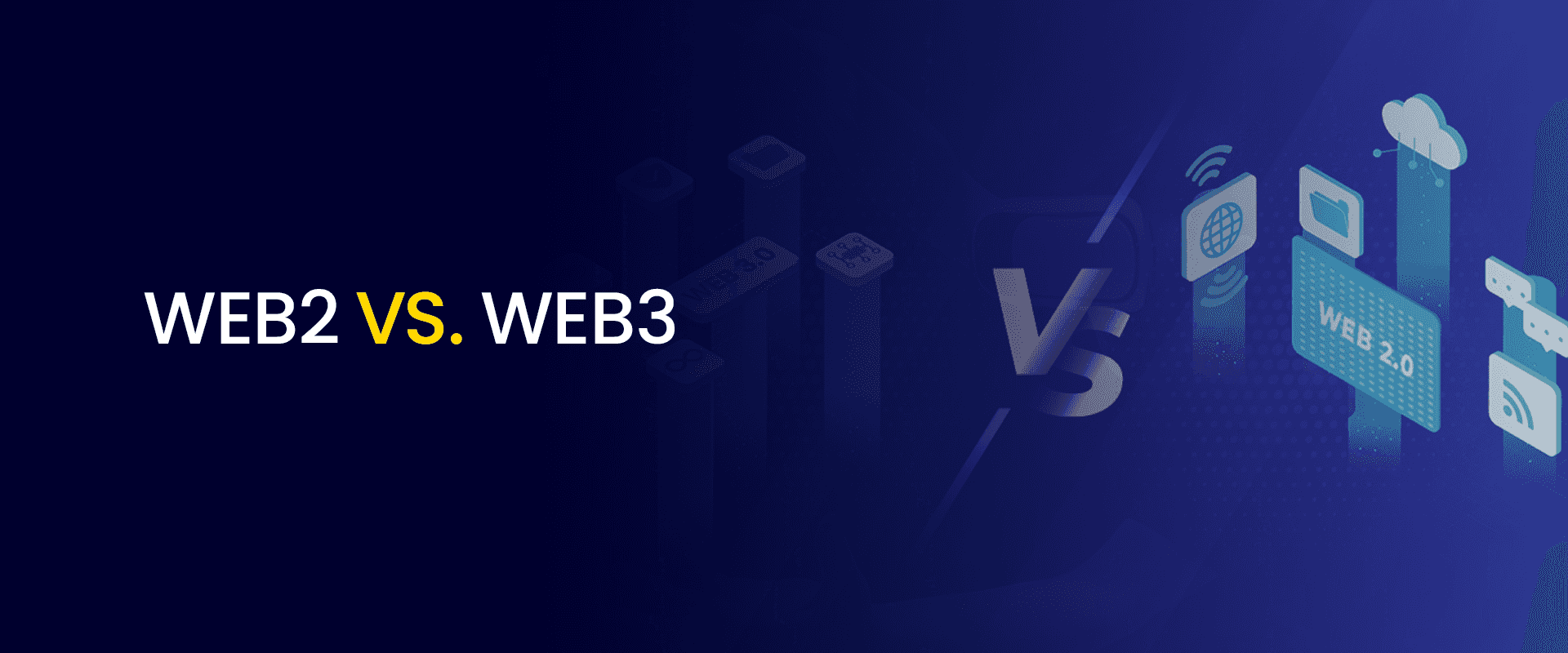
The Web2 vs Web3 question hinges on whether decentralization can outpace centralization’s entrenched advantages. Web3’s strengths lie in its vision—interoperable blockchains, secure data ownership, and user-driven economies. BNB Chain exemplifies this push, offering gas fees as low as $0.001 on opBNB and scaling to 10,000 transactions per second by 2025, rivaling Web2’s speed. Its One BNB paradigm integrates storage and computation across BSC, opBNB, and Greenfield, simplifying app development—think of a game where assets and logic live fully on-chain, no AWS needed. This could lure developers from Web2’s costly ecosystems.
However, Web2’s dominance persists, rooted in its maturity and simplicity. Billions rely on Google’s search or Netflix’s streams, unbothered by centralization if it works. Web3’s hurdles are steep—learning curves for wallets deter novices, regulatory gray zones (like the SEC’s 2024 crypto crackdowns) spook investors, and blockchain’s energy use (despite Ethereum’s 2022 proof-of-stake shift) draws scrutiny. A 2025 survey found 62% of users prefer Web2’s ease over Web3’s freedom. Coexistence seems probable: Web2 for mainstream convenience—social apps, casual browsing—Web3 for niches like DeFi, gaming, or identity. The future may blend them, with Web3’s innovations seeping into Web2’s framework, creating a hybrid web by 2030.
Conclusion
Web2 and Web3 represent clashing blueprints for the internet’s soul. Web2 offers a polished, centralized experience—fast, familiar, but beholden to corporate overlords who profit from your data. Web3 counters with a decentralized dream, where blockchain empowers users with ownership and trustless systems, though it sacrifices speed and simplicity in its infancy. As of March 30, 2025, Web3’s momentum—fueled by DeFi, NFTs, and scalable chains like BNB—suggests a seismic shift, yet Web2’s grip remains firm. The outcome isn’t replacement but evolution, a digital landscape where both coexist, serving distinct needs. Understanding their differences isn’t just academic—it’s a window into the internet’s next era, balancing control, convenience, and possibility.
Read more:

 English
English Tiếng Việt
Tiếng Việt.png)



